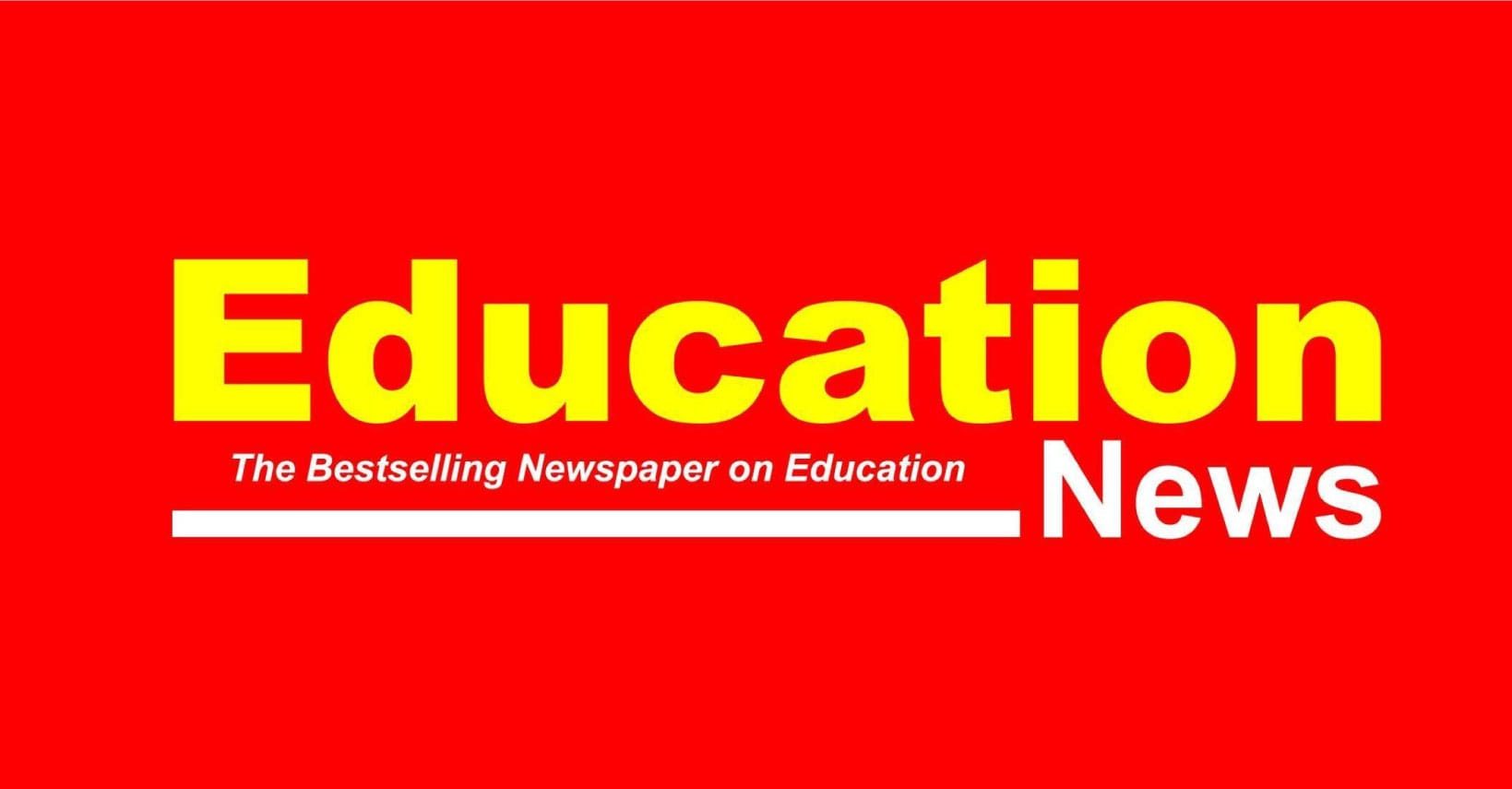Marketing a private schools is often misunderstood as simply running advertisements in newspapers, posting glossy images on Facebook or printing banners. This is hogwash. Yet, the reality is that effective marketing for a school goes much deeper. It is about how the institution presents itself, how it treats people, what it offers in terms of learning and outcomes and how its curriculum is enhanced to stand out in the wider education landscape. In Kenya’s competitive private school sector, where parents are discerning and willing to move their children if they feel dissatisfied, marketing must be both strategic and authentic. Four broad forms of marketing define the survival and growth of a private school: brand, service, product and curriculum value addition.
Brand marketing
Brand marketing is perhaps the most visible. It is about what the school represents in the minds of parents, students, and the community. A school may choose to present itself as the home of excellence, a nurturing environment or a place where future leaders are molded. The brand is carried through the school’s name, motto, colors, uniforms, architecture, and even the tone of its social media posts. A well-crafted brand builds pride and recognition. Parents want to say, “My child is at such-and-such school,” and feel a sense of prestige. But branding is not only about looks and slogans; it is about consistency between the promise and the reality. If a school brands itself as innovative but still uses outdated teaching methods, the image collapses. In Kenya, there are schools whose reputations alone attract parents without the need for heavy advertising. That is brand marketing in action.
Service marketing
Beyond brand, a school markets itself through service. A school is, after all, a service provider, and parents are paying clients who expect value. Service marketing is about how the school interacts with parents and learners at every touchpoint. It includes the warmth of the receptionist at the front office, the clarity of communication from administrators, the transparency of fee structures, the punctuality and safety of transport services, and even how quickly a parent’s phone call or email is returned. Many schools lose clients not because of poor academic performance but because of poor service experiences. A parent who visits a school and feels ignored or treated dismissively is unlikely to return, no matter how strong the exam results are. In contrast, a school that explains its programs patiently, treats every visitor with dignity and follows up with courtesy calls wins loyalty. In the Kenyan context, where competition is stiff, service excellence is often the deciding factor for parents comparing two otherwise similar schools.
Product marketing
The third form of marketing is product marketing, which may sound odd in education, but is very relevant. In a school, the product is the tangible experience and outcomes that the institution provides. Unlike brand, which is about perception, product marketing is about what people can actually see, touch, and measure. Facilities are part of the product: modern science laboratories, digital libraries, well-maintained sports grounds, swimming pools or music studios. Extracurricular programs also count: debate clubs, robotics teams, drama productions, or art exhibitions. Academic results are perhaps the most visible product. A school that consistently produces high performers in KCPE or KCSE is marketing itself through outcomes, whether it advertises them or not. Parents take note, and word of mouth spreads. Some schools highlight their sports trophies, international exchange programs, or award-winning choirs as part of their product appeal. In a market where parents invest heavily, they want evidence that their children will gain concrete benefits, not just promises.
READ ALSO:
Curriculum’s value addition
The final dimension of marketing is curriculum value addition. In today’s education environment in Kenya, where CBC is rolling out alongside IGCSE, IB, and remnants of the 8-4-4 system, curriculum choice alone no longer differentiates a school. What matters is how a school enriches its chosen curriculum to give learners an edge. Parents are not only asking whether a school offers CBC or IGCSE; they are asking how that curriculum is delivered and what extras make it stand out. Curriculum value addition may include integration with STEM programs, coding lessons, robotics, public speaking training, foreign languages, mentorship programs, entrepreneurship projects, or strong arts and sports programs. A CBC school that supplements learning with digital literacy and leadership training positions itself as forward-looking. An IGCSE school that adds creativity labs, global exchange opportunities, or internships signals seriousness in preparing learners for a competitive world. The value addition tells parents, “Your child will not just go through the syllabus; they will leave here with unique skills and experiences.” Parents are alert to these differences and often make enrollment decisions based on how well a school enhances the core curriculum.
Together, these four forms of marketing—brand, service, product, and curriculum value addition—interact to define the identity and attractiveness of a private school. A school with a strong brand but poor service may still lose clients. One with excellent facilities but no curriculum enrichment may struggle to differentiate itself. Similarly, a school that invests in innovative curriculum value addition but has weak branding may not attract as many parents as expected. Successful schools in Kenya understand that marketing is holistic. They work to ensure that their brand identity is credible, their service delivery is excellent, their products are tangible and impressive, and their curriculum is enriched in ways that make them distinctive.
In the end, marketing a private school is not about shouting the loudest in the marketplace. It is about quietly but consistently demonstrating value through every interaction and outcome. Parents today are informed, connected, and willing to make comparisons. They will not be swayed by a billboard alone. They want a school whose brand inspires confidence, whose service reassures them, whose product delights them, and whose curriculum value addition secures their children’s future. That is the real marketing edge for private schools in Kenya today.
By Ashford Kimani
Ashford teaches English and Literature in Gatundu North Sub County and serves as Dean of Studies.
You can also follow our social media pages on Twitter: Education News KE and Facebook: Education News Newspaper for timely updates.
>>> Click here to stay up-to-date with trending regional stories
>>> Click here to read more informed opinions on the country’s education landscape
>>> Click here to stay ahead with the latest national news.






